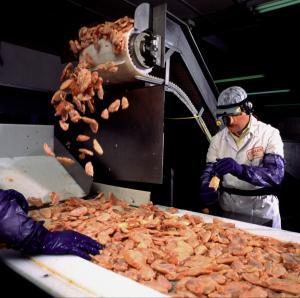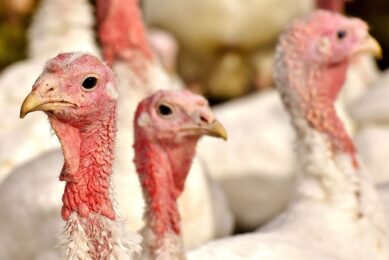New EU rules for geese and turkey slaughter

Goose and turkey producers within the European Union will need to invest in new stunning equipment over the next 12 months, in order to comply with new slaughter rules.
EU legislation, The Protection of Animals at the Time of Killing Regulation will come into play on 1 January 2013 and will limit neck dislocation to birds under 5kg if mechanical methods are used. Manual dislocation will only be permitted on birds of less than 3kg, up to a maximum 70 birds a day.
“Most geese and turkeys are over these weight limits and will have to be stunned using either electrical or percussive bolt techniques,” British Poultry Council executive Richard Griffiths told a recent British Goose Producers meeting. DEFRA had said there would be no derogations for smaller operators, so goose producers should come up with their own code of best practice to present to government, rather than waiting for the new rules to be imposed on them.
Humane Slaughter Association technical officer Jade Spence said that on-farm electric stunning was an effective method for chickens and turkeys, but was unlikely to be suitable for waterfowl like geese due in part to the resistive properties of their heads, including their feathers. But if electric stunning was used, then “stun to kill” methods were preferable to “stun only” systems because they reduce the chance of the bird recovering. Spence added that under the new rules, both carotid arteries in the neck will have to be cut during the bleeding process, as opposed to one under the current rules. “Cutting one side of the neck or a mouth cut won’t be enough,” she said.
British Goose Producer chairman Eddie Hegarty said most large commercial goose producers, accounting for about a third of production, were already using stunning. But the majority of smaller producers were still using neck dislocation and for them a stunner was quite a cost.
Source: FWi













